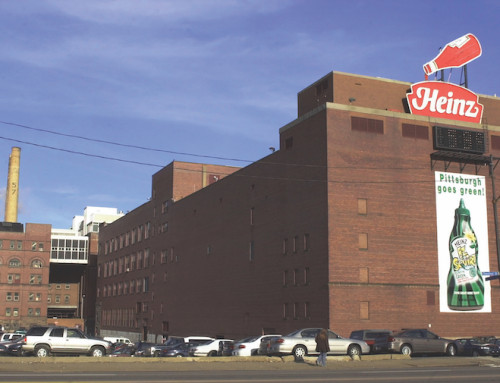Energy Star claims its blue seal of approval on efficient appliances saves households an average of $450 on their bills per year, yet the program’s future is unclear.
The Environmental Protection Agency has announced an agency reorganization plan that would eliminate its Energy Star offices, which could make it more difficult for customers to find energy efficient appliances.
Energy Star is a voluntary labeling program. The EPA sets energy efficiency standards for various machines, and companies that produce them can try to hit or exceed those standards. If they do, they get the Energy Star sticker certifying it works as well as a standard product and uses less energy.
Companies are incentivized to make products that earn that sticker because state and local utility rebate programs, along with federal tax incentives, base qualifying appliances on the program. Consumers who want to save money through incentives and lower gas and electric bills may look for it.
According to the program’s website, approximately 90 percent of households recognize the symbol.
Finding and buying energy-efficient products without that certification wouldn’t be impossible, just difficult, said Elizabeth Hewitt, associate professor of technology and society at Stony Brook University.
“You have to become a really savvy shopper,” she said.
The fate of Energy Star is still uncertain.
The broad reorganization at the EPA reported last month would eliminate or reorganize large parts of the offices that keep the program running, but the EPA has not directly confirmed a plan to shut it down or provided a timeline.








